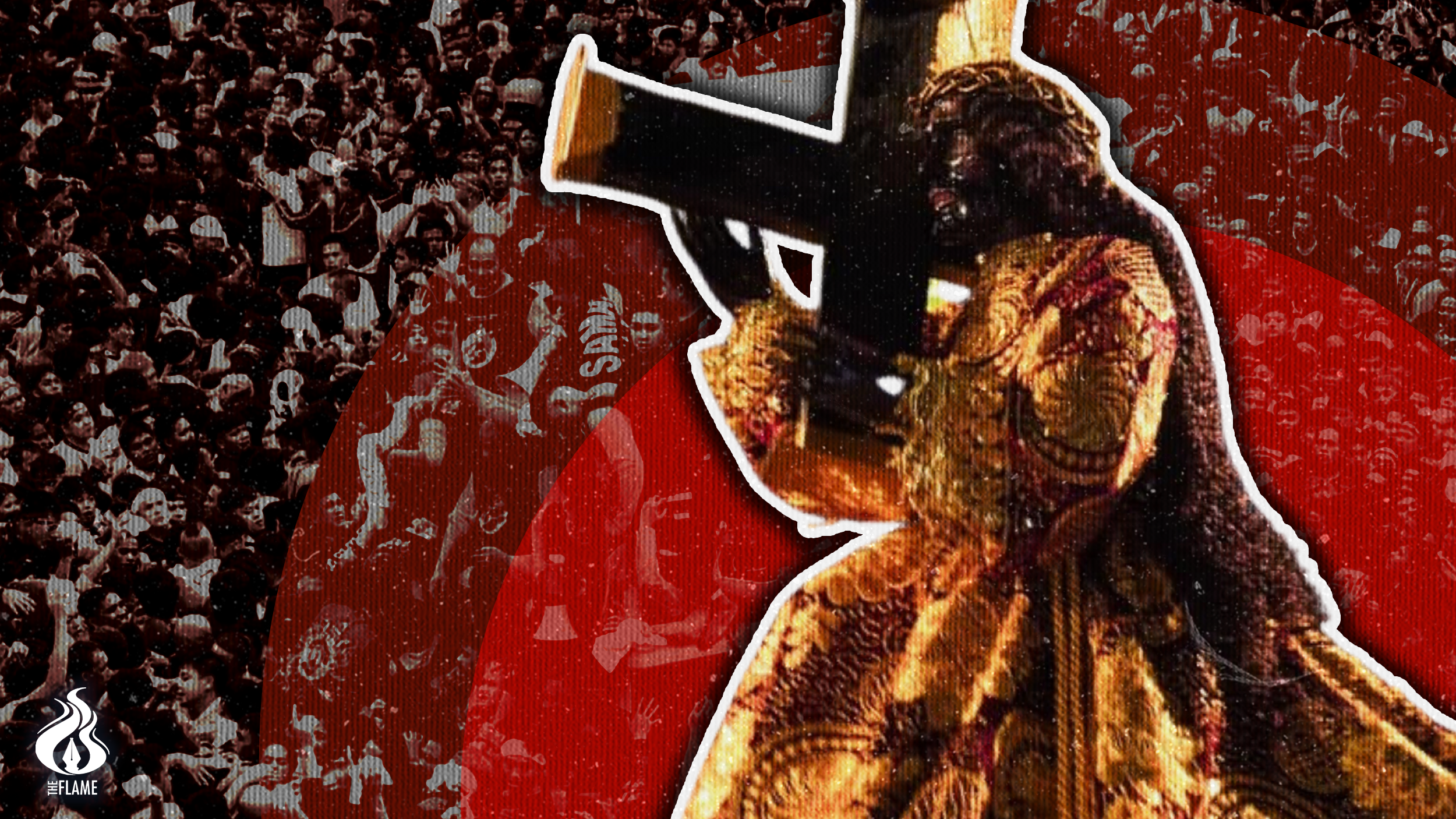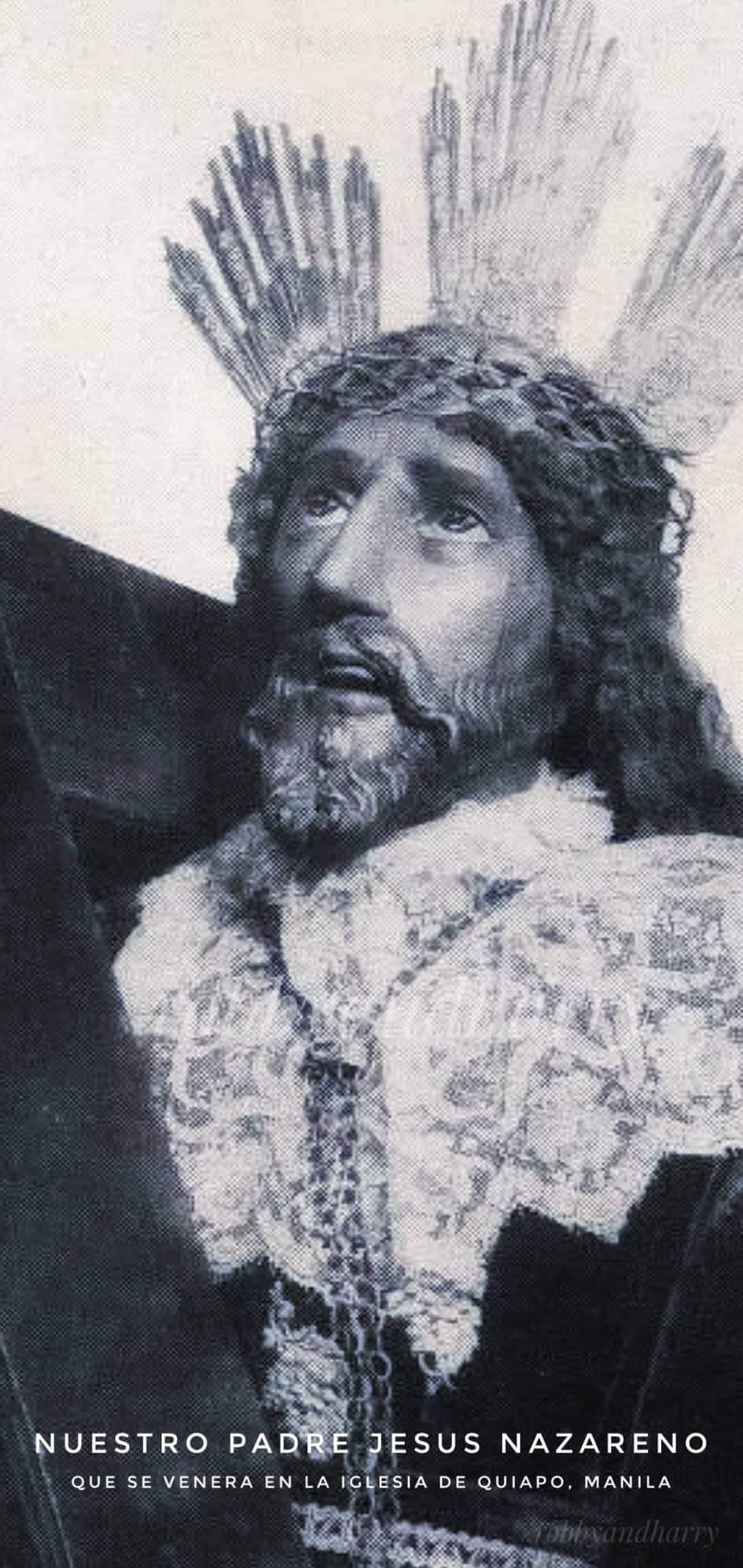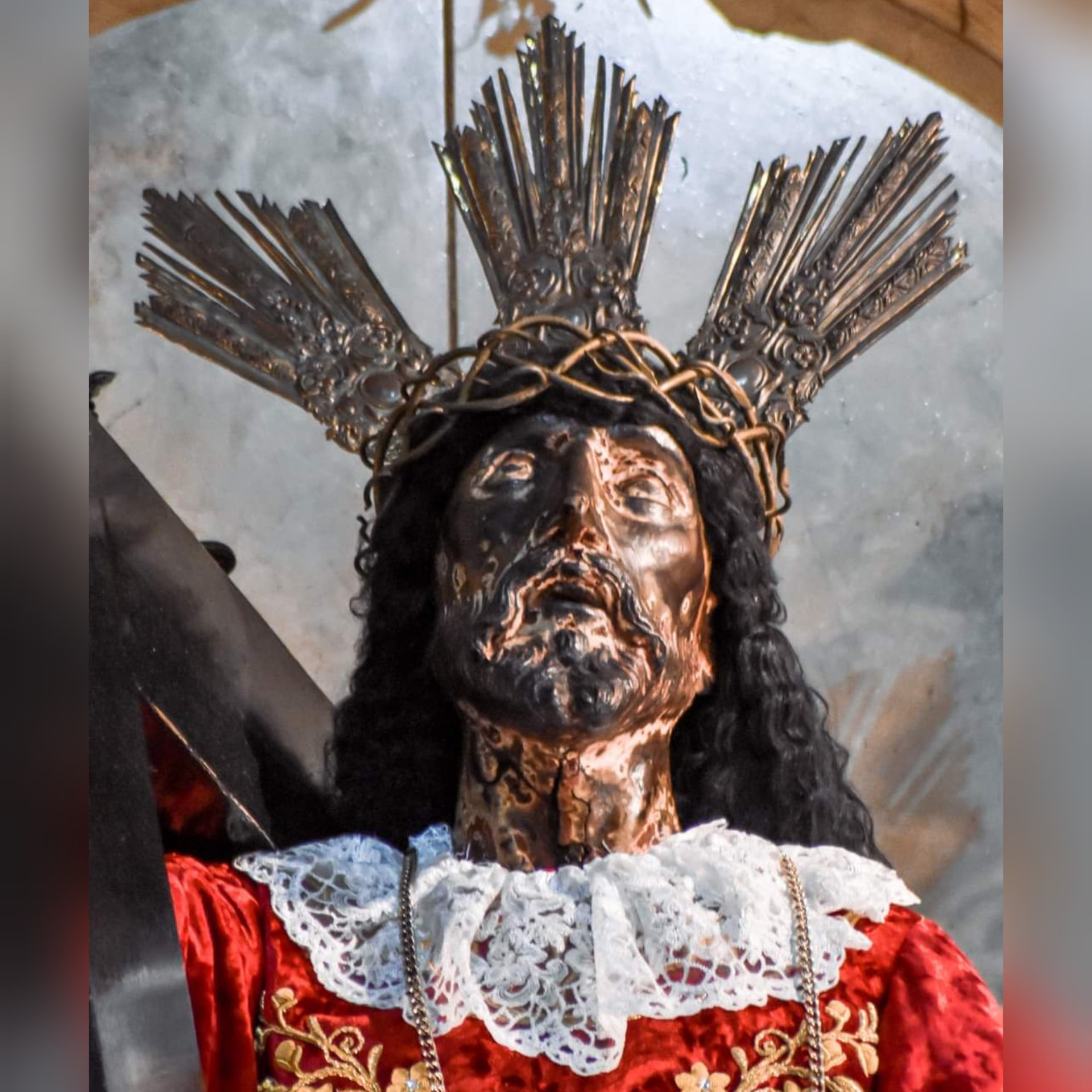
DEVOTEES OF the cross-carrying Jesus go through massive crowds to touch and wipe with their handkerchiefs the image of the suffering Christ, hoping that their prayers will be heard and answered.
This year, the same religious fervour will be demonstrated in Quiapo during the Traslacion but a key component of the commemoration has changed.
The life-sized image, which depicts a dark-skinned Jesus Christ carrying a black wooden cross, will now be officially referred to as “Poong Jesus Nazareno” starting this year.
Bro. Benedict Canapi, the coordinator of Quiapo’s social communications ministry, said the Church’s decision to modify the name would highlight Jesus’ teachings and values.
“The Church does not want to base devotion solely on skin color, as Jesus didn’t become popular because he was black,” he told The Flame.
“He became popular because of his miracles, the story of his life, his journey, and most especially, his resurrection.”
Canapi added that the Quiapo Church aims to guide the devotees to understand the Christ-like qualities represented by the image through the name change. According to him, the modified title also carries the message of inclusivity.
Canapi explained that Filipinos immediately feel a deep connection to the venerated image since they are “naturally compassionate towards suffering people.” He noted that the images of Jesus Nazareno in their homes reflected their strong devotion.
“The image, the story behind it, and the stories it depicts are some of the bases for Filipinos to deepen their faith in the Nazarene,” the ministry leader said.
The suffering of Jesus Christ almost mirrored the challenges of the believers, he added.
No historical records
Canapi said Quiapo Church does not have a clear historical record as to when the term “black” was first associated with the image. However, it appeared in the document of the declaration of Quiapo Church as a Minor Basilica.
The late Msgr. Jose Abriol, the first person to translate the Roman Catholic Bible into Filipino, used “Black Nazarene” in his application for the Church’s official recognition as a Minor Basilica. The request sought to accommodate the increasing number of devotees.
In 1987, the late St. John Paul II granted Abriol’s petition and Quiapo Church became known as the “Minor Basilica of Jesus Nazareno.”
Last October, Manila Archbishop Jose Cardinal Advincula declared that the official name of the church would be “Minor Basilica and National Shrine of Jesus Nazareno.”
Canapi said physical attributes of Jesus Nazarene greatly influenced the devotees’ faith.
“The skin color brings Filipino devotees closer to Jesus Nazareno dahil ang pinagsasampalatayaan nila ay kakulay rin nila (because their God’s skin color is similar to theirs),” he said.
Devotees used the term “Black Nazarene,” to refer to the image, prompting the Church to adopt the name.
“Quiapo Church welcomed this norm not to put the people’s attention to the image’s skin color but to acknowledge the term’s widespread familiarity,” Canapi said.
Although Catholics have been more accustomed to the term, Canapi said the clergy has been referring to the statue as “Jesus Nazareno” even before the name change became official.
Debunking the myth
Some believe that the ship carrying the icon from Mexico to Manila was caught on fire. The image survived, but the blaze supposedly caused the darkening of its skin.
Canapi debunked the myth, pointing out that the Church did not find any carbonized part of the image. He noted that the dark appearance of the image was due to the natural dye of the wood.
The late Msgr. Sabino Vengco, who taught at the UST Ecclesiastical Faculties, discovered that the wood used to carve the image of Our Lady of Peace and Good Voyage of the Antipolo Cathedral was the same material used to create Quiapo’s Jesus Nazareno.
This type of wood, known as mesquite, was imported from Acapulco, Mexico. It is a dark hardwood used in crafting sculptures and can last for centuries or millennia, similar to mahogany.

“At the time, the indentations and holes we see now on the venerado (head of the original replica) were still non-existent. The beard was well-maintained, and the eyes were even painted in full,” said Canapi.
However, the image has been worn down over the years, and many of those fine details have started to fade.

According to Canapi, the current appearance of the venerado has natural grain patterns with no signs of burning. The lighter spots were caused by the oils applied through the years, gradually removing some of its features like its cheekbones.
Canapi added that the Vicario or the processional image remains intact despite people climbing up to it.
“It is encased in metal body armor to preserve the original wood,” he said.
For the next generation of devotees
Canapi said the modified name would pave the way for future generations to see Jesus Nazareno beyond His color.
“We believe this name change will deepen people’s devotion and strengthen their faith in Jesus Nazarene, ensuring His name is honored for generations to come,” Canapi said.
The Traslacion, which draws millions of devotees every Jan 9, commemorates the solemn transfer of the Jesus Nazareno from Intramuros to Quiapo in 1787. It was rooted in the Bible verse Matthew 1:23, which states that Jesus Christ is present in the lives of all believers.
This year’s Traslacion marks the first time it is celebrated as a “national feast,” which means that it is commemorated not just in Quiapo, but in all Philippine dioceses. The event gained the status during a meeting of liturgy directors last September.
The overnight vigil in honor of Jesus Nazareno was held before and after the midnight mass on Jan. 9.
Advincula presided over the Misa Mayor at the Quirino Grandstand.
The Traslacion, which means moving from one place to another in Spanish, started after the mass and followed the traditional route spanning 5.8 kilometers.
The local government expects about six million devotees to join the procession. F



